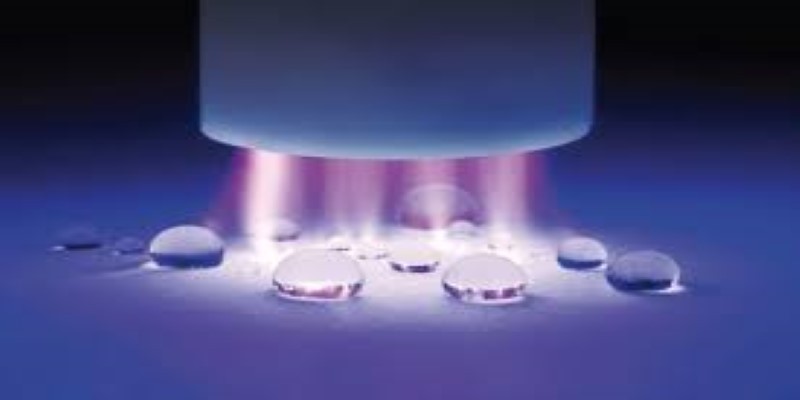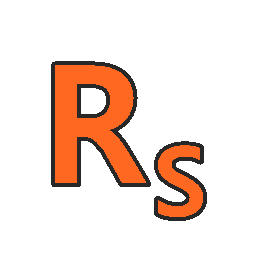
About Course
https://youtu.be/69OXymlelyY
Fundamentals of Surface Engineering: Mechanisms, Processes, and Characterizations.
The course content is designed to have a systematic and comprehensive understanding of various aspects related to surface engineering of metallic components for enhanced tribological life.
It is proposed to include fundamental mechanisms of wear such as adhesive, abrasive, erosive, cavitation, corrosion, etc., governing laws, materials properties importance for improved wear resistance under different wear conditions, materials increased tribological life, processes for engineering surfaces of three board categories a) regulating the micro-structure without changing chemical composition b) modification of the chemical composition of near-surface layers and c) developing of films, coating, and cladding on the.
Methods of the characterization needed for evaluating the metallurgical and mechanical and tribological properties and performance of engineered surfaces shall also be presented. Presentations will be supported with case studies for effective communication of concepts and procedures. Case studies will be taken up regarding surface engineering of various metal systems like ferrous and non-ferrous metals using different approaches discussed.
Fundamentals of Surface Engineering INTENDED AUDIENCE: UG and PG Student, Research Scholar & Practicing Engineers
Course Content
Fundamentals of Surface Engineering: Mechanisms,Processes and Characterizations
-
Fundamentals of Surface Engineering Mechanisms,Processes and Characterizations
00:00 -
Introduction and need of surface engineering
00:00 -
Surface/sub-surface regions and properties of importance for surface engineering
00:00 -
Surface properties and their modification
00:00 -
Classification of surface modification techniques I
00:00 -
Classification of surface modification techniques II
00:00 -
Scope of surface engineering I
00:00 -
Comparison of surface modification techniques and scope of surface engineering
00:00 -
Surface properties for wear and friction resistance I
00:00 -
Surface properties for wear and friction resistance II
00:00 -
Surface properties for wear and friction resistance III
00:00 -
Issues and application of surface modification
00:00 -
Surface damage: type and categories
00:00 -
Surface damage: Adhesive wear I
00:00 -
Surface damage: Adhesive wear II
00:00 -
Surface damage: Classical law of adhesive wear and abrasive wear
00:00 -
Properties and mode of wear
00:00 -
Thermal barrier coatings
00:00 -
Functionally graded materials and other materials
00:00 -
Surface modification techniques: Principle of controlling surface metallurgy
00:00 -
Surface modification techniques: Controlling surface metallurgy I
00:00 -
Surface modification techniques: Controlling surface metallurgy II
00:00 -
Surface modification techniques: Controlling surface metallurgy III
00:00 -
Surface modification techniques: Controlling surface metallurgy IV
00:00 -
Surface modification techniques: Changing surface composition
00:00 -
Surface modification techniques: Carburizing I
00:00 -
Surface modification techniques: Carburizing II
00:00 -
Surface modification techniques: Nitriding
00:00 -
Surface modification techniques: Vacuum based surface modification I
00:00 -
Surface modification techniques: Ion implantation and ion plating
00:00 -
Surface modification techniques: Sputtering and Ion beam assisted deposition
00:00 -
Surface modification techniques: Chemical vapour deposition and boronizing
00:00 -
Surface modification techniques: Laser alloying
00:00 -
Surface modification techniques: Carburizing and Cyaniding
00:00 -
Surface modification techniques: Plasma carburizing & plasma nitriding
00:00 -
Surface damage: Abrasive wear I
00:00 -
Surface damage: Abrasive wear II
00:00 -
Surface damage: Erosive wear
00:00 -
Surface damage: Melting wear and corrosive wear
00:00 -
Surface modification techniques: Laser nitriding and developing surface layer
00:00 -
Surface modification techniques: Fundamentals of surface modification by weld surfacing and thermal
00:00 -
Surface modification techniques: Fundamentals of surface modification by weld surfacing
00:00 -
Surface modification techniques: Weld surfacing processes
00:00 -
Surface modification techniques: Weld surfacing I
00:00 -
Surface damage: Diffusive wear and evaluation of surface damage
00:00 -
Metal systems
00:00 -
mod10lec46
00:00 -
mod10lec47
00:00 -
mod10lec48
00:00 -
mod10lec49
00:00 -
mod10lec50
00:00 -
mod11lec51
00:00 -
mod11lec52
00:00 -
mod11lec53
00:00 -
mod11lec54
00:00 -
mod11lec55
00:00 -
mod12lec56
00:00 -
mod12lec57
00:00 -
mod12lec58
00:00 -
mod12lec59
00:00 -
mod12lec60
00:00
Student Ratings & Reviews

